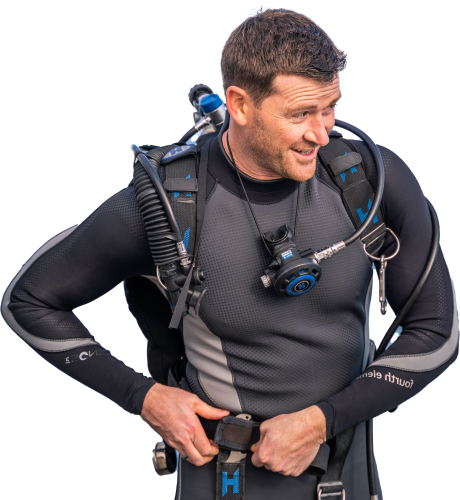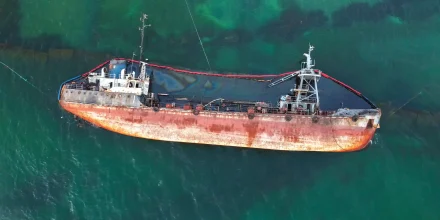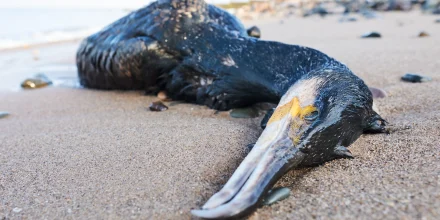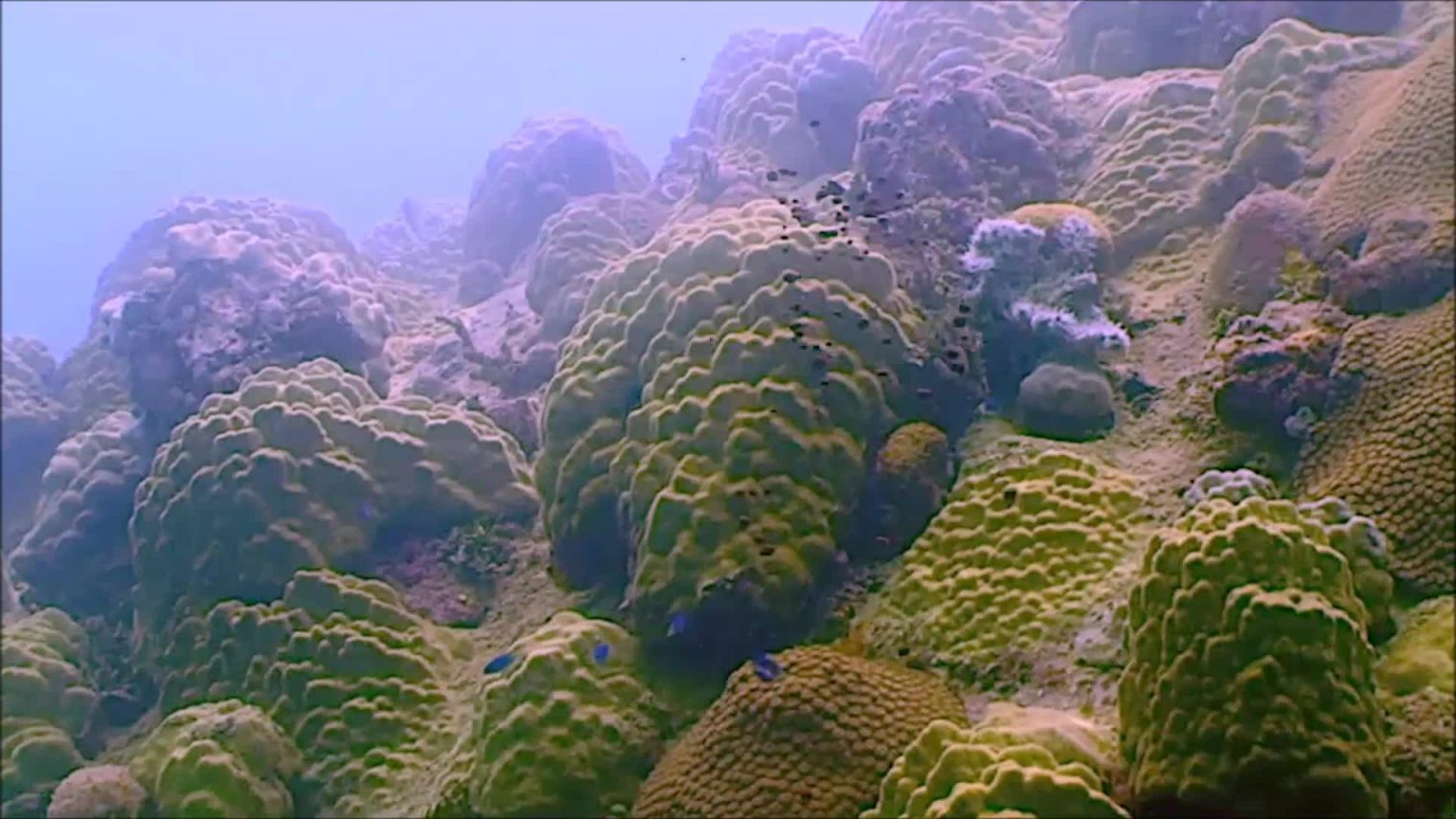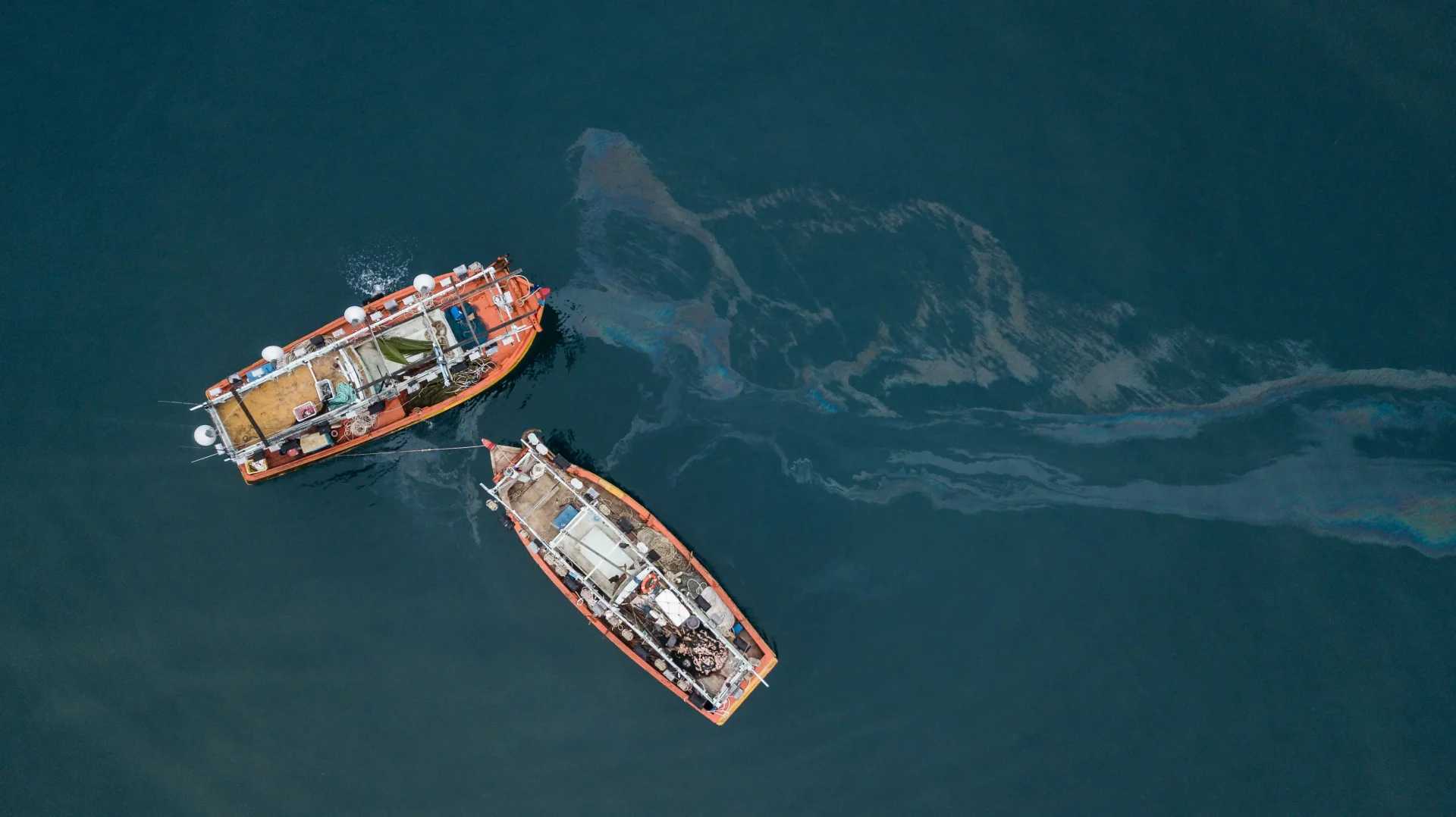
The Pacific Ocean, a cradle of life and culture, is under an urgent environmental threat. Over 3800 WWII shipwrecks lie beneath its surface, including around 300 oil tankers.
After 80 years below the surface, these ticking time bombs are corroding, poised to unleash oil spills that will decimate marine life and severely impact the livelihoods of countless island communities.
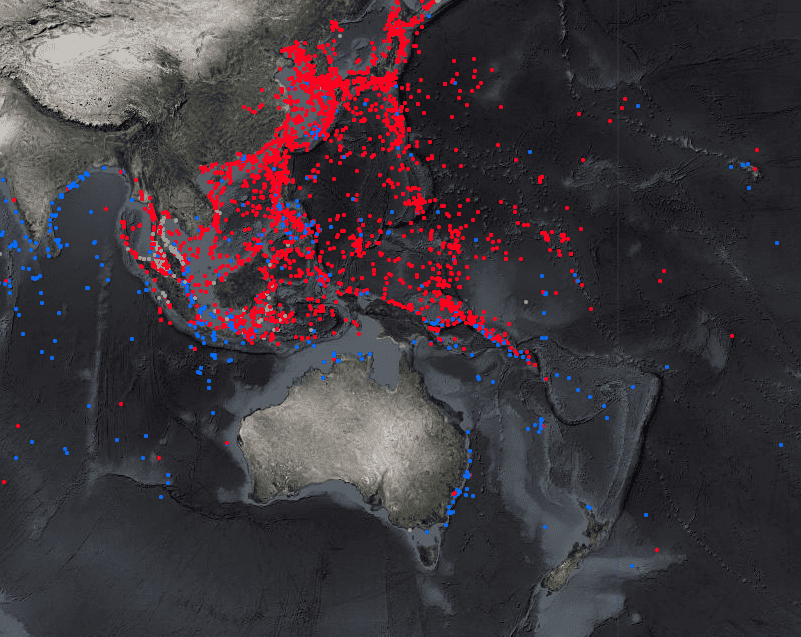
Urgent Threat
As these underwater relics degrade, they threaten to release toxic oil into some of the world’s most biodiverse and fragile ecosystems.
Coastal mangroves, coral reefs, and fish breeding grounds, essential for both biodiversity and local economies, face severe damage. The fallout from such spills goes beyond local environmental destruction, endangering food security, tourism, and cultural heritage.
Our mission is not just about preventing oil spills; it’s about preserving a way of life for Pacific communities and safeguarding some of the world’s most biodiverse marine ecosystems. Together, we can turn the tide.
Thomas Heaton - Pulitzer CenterAfter 80 years below the surface, these ticking time bombs are corroding, poised to unleash oil spills that will decimate marine life and severely impact the livelihoods of countless island communities.
The Impact
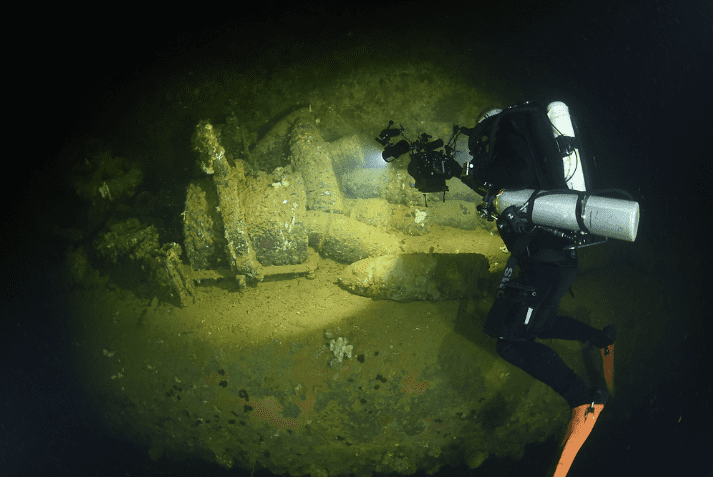
Unexploded Ammunition
In addition to oil, vast quantities of unexploded ammunition from WWII lie on the ocean floor, leaking toxic chemicals.
These explosives, sometimes harvested for homemade bombs, pose a severe threat to local communities and marine environments. The explosive materials from these munitions can become more volatile over time, increasing the risk of accidental detonation and environmental contamination. Moreover, unexploded ordnance (UXO) can leak harmful chemicals into soil and water, posing long-term environmental hazards.
Our approach to solving the problem
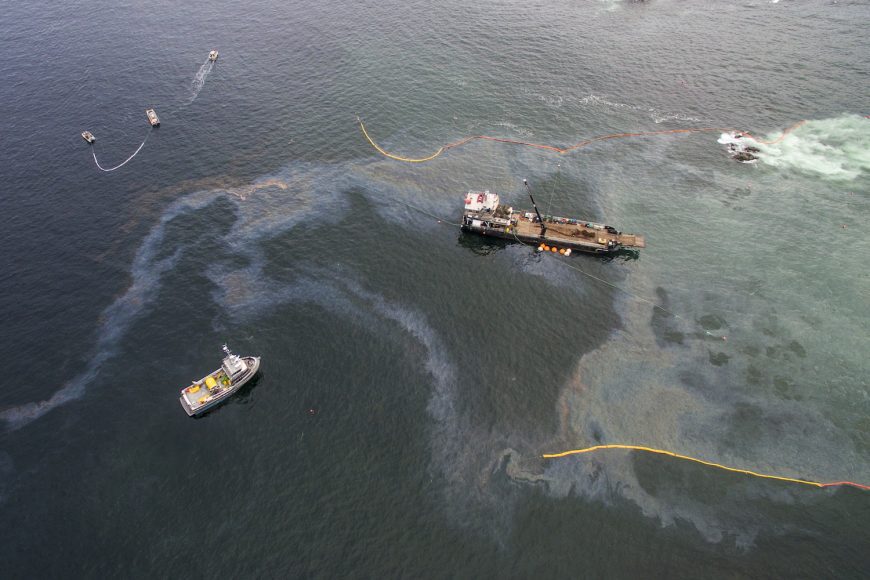
Phase 1: Identifying High-Risk Wrecks
We collaborate closely with various stakeholders, including the Australian, American, and Japanese governments, environmental non-profits, universities, sub-sea engineers, and remediation experts to pinpoint the most potentially polluting wrecks. By balancing factors like location, spill size, and impact on nearby ecosystems, we prioritise the wrecks that pose the greatest threat. The Secretariat of the Pacific Regional Environment Programme (SPREP)’s Cleaner Pacific 2025 initiative provides a strategic framework for addressing marine pollution in the region.

Phase 2: Field Investigation and Ground Truthing
Our team conducts on-site investigations of the highest-risk wrecks to determine if they still contain hazardous amounts of oil. Utilising advanced methods and equipment, we perform detailed 3D modelling of the wrecks with expert divers for shallower wrecks and ROVs (remotely operated vehicles) for deeper wrecks.
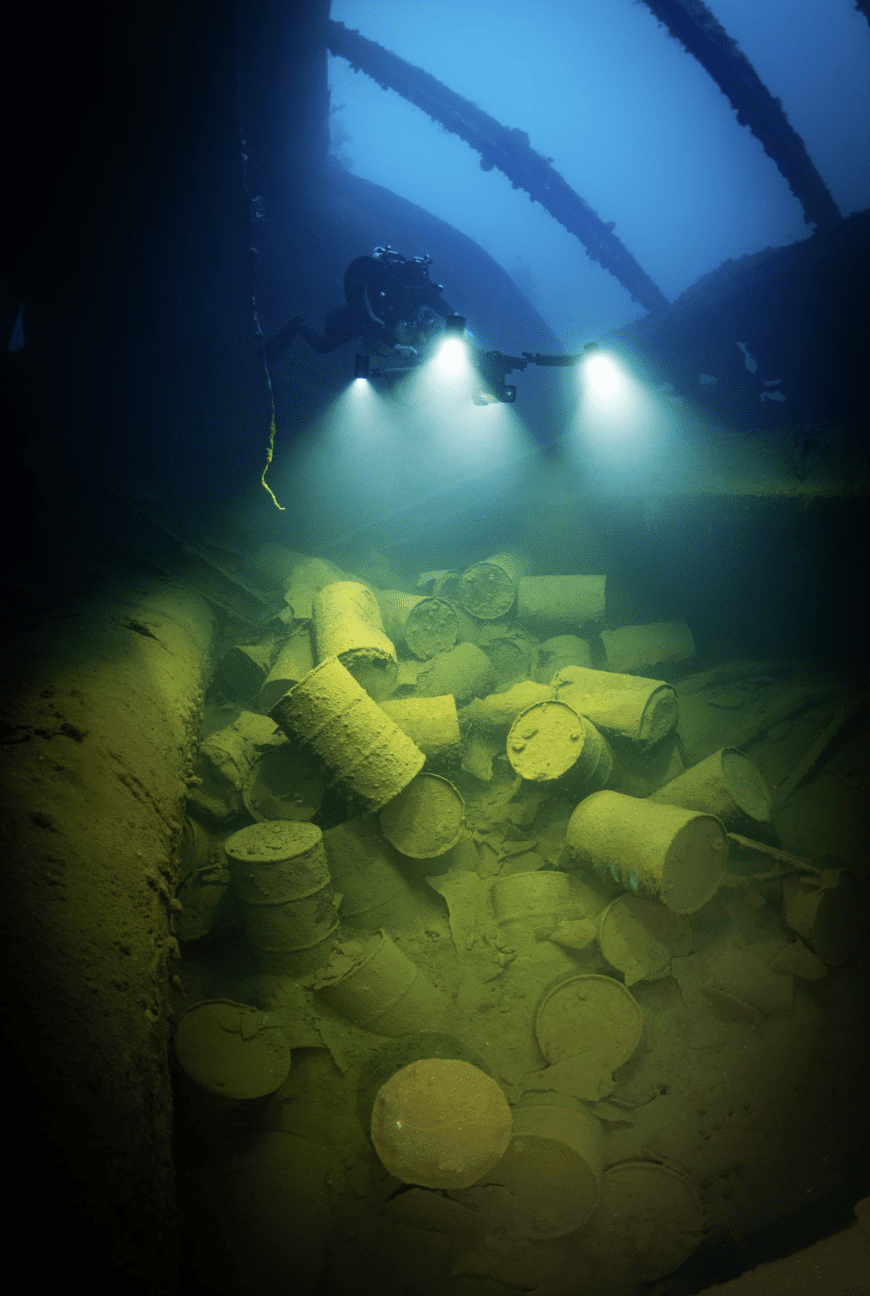
Phase 3: Preventing Oil Spills
When a high-risk wreck is identified, the primary approach to mitigate the threat it poses is the removal of the oil. Each wreck and its surrounding environment may require tailored solutions, but pumping out the oil remains the most effective method to prevent significant spills. This can then be complemented a range of innovative technologies for minor cleanups of residual oil.
- Pumping Out the Oil: Hot-tapping is the premier process used to safely remove oil from wrecks. This method is the main line of defence against oil spills. A notable success of this process was the removal of over 7 million litres of heavy bunker oil from the USS Mississinewa by the US Navy in 2003, which prevented a major environmental disaster.
- Bioremediation: Bioremediation is primarily used for minor cleanups, targeting the smaller remnants of oil left after the bulk has been removed. Research at Curtin University has identified indigenous populations of Pseudomonas Sp in oil samples from Chuuk Lagoon, capable of degrading these residual oil traces. In partnership with the University of Newcastle, we continue to explore this natural and sustainable solution to enhance the resilience of marine ecosystems post-cleanup.
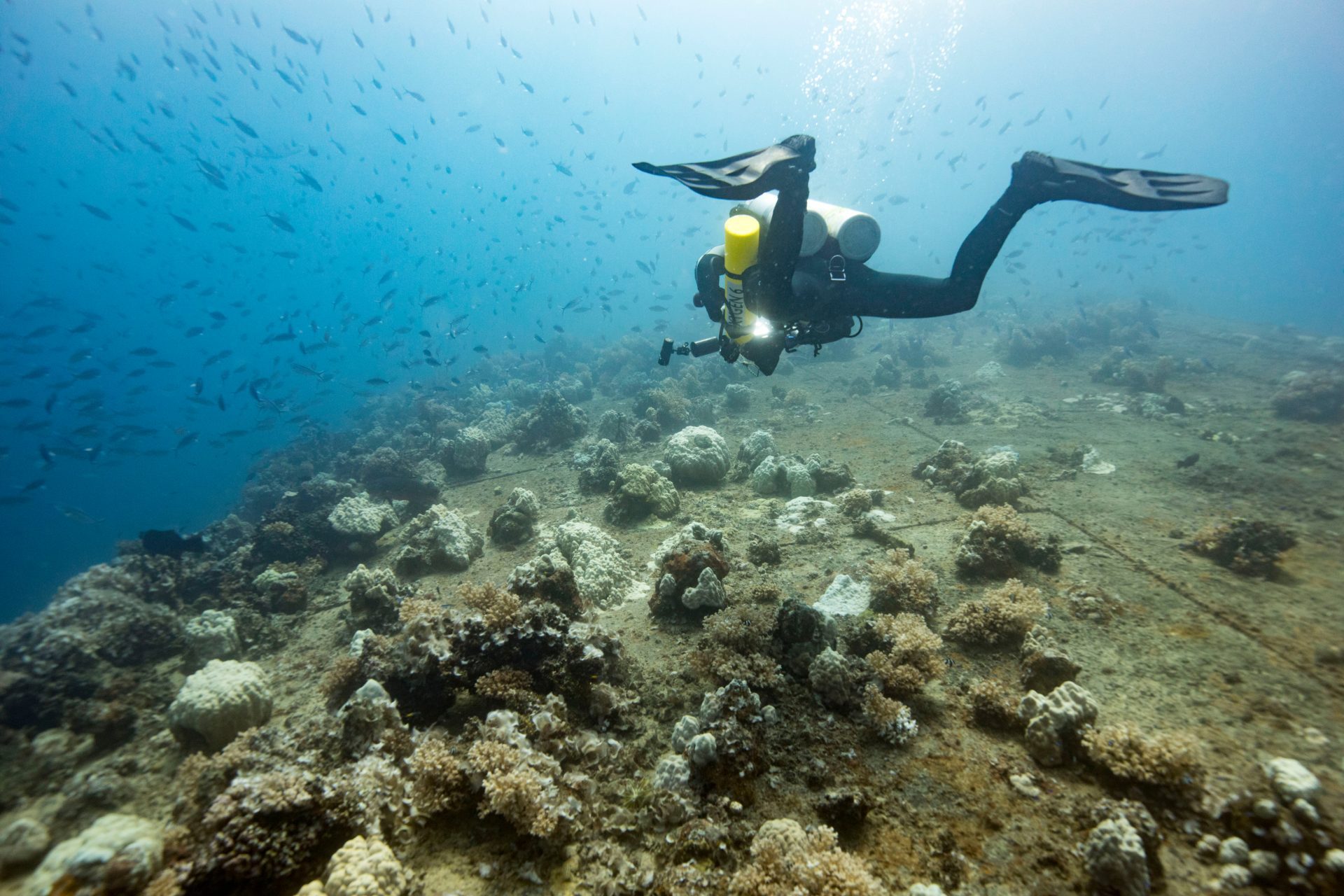
Our current progress
Initial Assessments:
Since 2018, the Major Projects Foundation has identified 60 critical, Category 1 WWII shipwrecks in the Pacific region from a pool of 3,800.
These wrecks require immediate investigation, with many Category 2 wrecks projected to escalate to Category 1 within the next 5-10 years.
Countries Affected by These Wrecks
12
Marshall Islands
25
Federated States of Micronesia
1
Palau
1
New Zealand
5
Australia
12
Solomon Islands
4
Papua New Guinea
Wreck Classification
Category 1
Highest Priority
Category 2
Medium/High Priority, future investigation likely needed
Category 3
Medium/Low Priority, investigation only if issues arise or proximity to higher priority wrecks
Category 4
Low Priority, not worthy of investigation
Category 5
No consideration, wreck fully salvaged or all oil removed
Currently, we have identified:
60 Category 1 wrecks
118 Category 2 wrecks
308 Category 3 wrecks
Progress to date
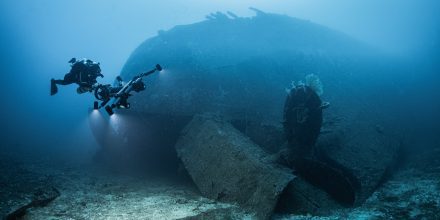
Completed documentation and assessment of 12 high-risk Potentially Polluting Wrecks (PPWs) at the Bikini Island Nuclear Test Site in the Marshall Islands. These expeditions involved over 30 team members across three months. Final assessment reports are Category 3 wrecks being compiled for the Marshall Islands Government.
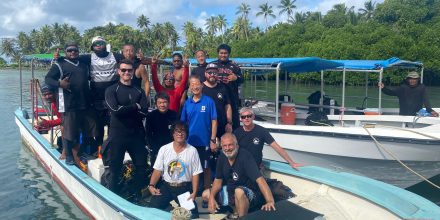
Documented and assessed 25 high-risk PPWs in Chuuk Lagoon, Federated States of Micronesia, completing the most critical wrecks in the country through several land-based expeditions.
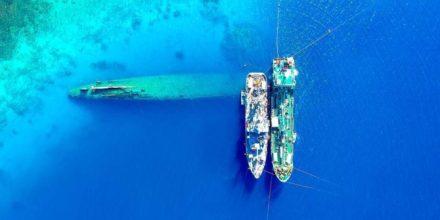
With 37 out of our 60 target wrecks completed, we plan to begin projects in the Solomon Islands and Australian coastal waters in 2025, followed by Papua New Guinea and Palau in 2026. These remote projects will be ship-based and costly, but planning and funding efforts are already underway.


